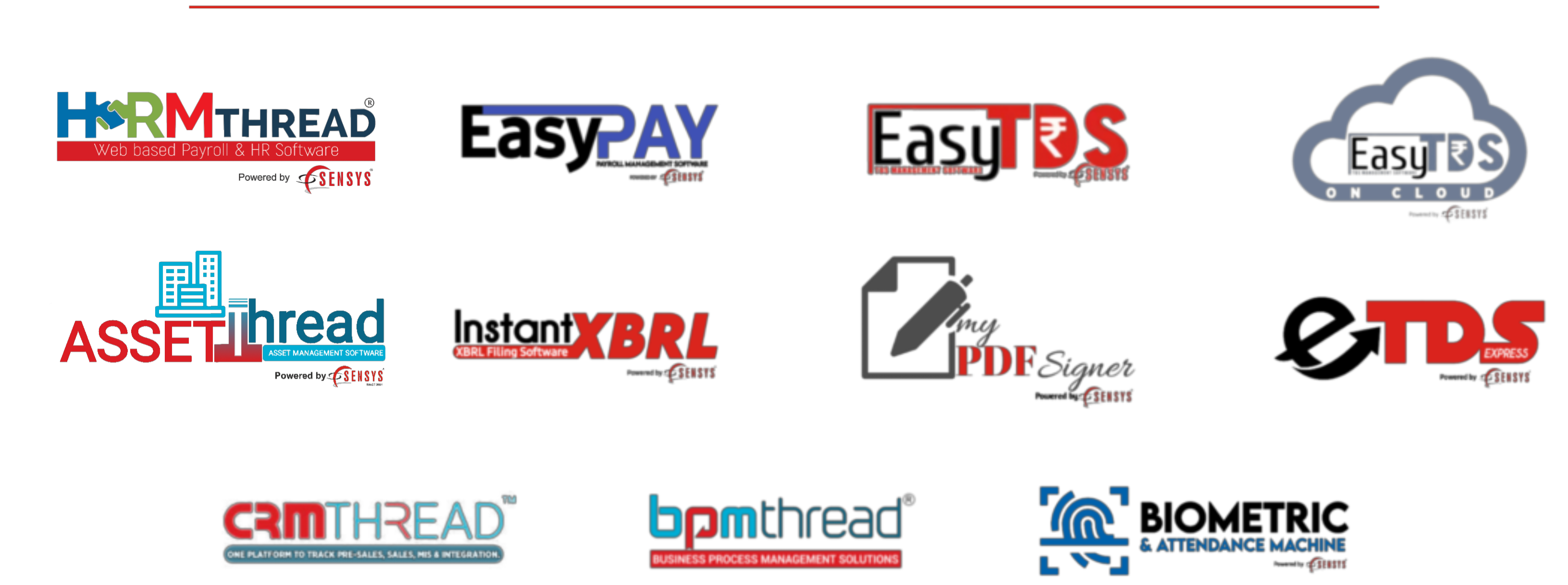Title: “Streamlining Employee Benefits: The e-Pehchaan Card Initiative under the ESI Scheme”
Introduction:
In a significant move towards enhancing efficiency and accessibility in employee benefits, the Ministry of Labour and Employment (MoL&E) has issued a circular, emphasizing the issuance of ePehchaan cards to all Insured Persons (lPs) under the Employees’ State Insurance (ESI) Scheme. This article delves into the details of this initiative, its implications, and the steps involved in implementing
the directive.
Understanding the e-Pehchaan Card:
The e-Pehchaan card is a digital identity card designed to streamline and digitize the process of providing essential benefits to Insured Persons. As outlined in the circular, it is now mandatory for all employers to issue the e-Pehchaan card to their employees immediately after registration under the ESI Scheme. This move aims to ensure quicker access to benefits and a more efficient administration of the ESI Scheme.
Key Directives in the Circular:
- Immediate Issuance: The circular stresses the importance of providing the e-Pehchaan card promptly after the registration of an Insured Person. This step is crucial in facilitating seamless access to healthcare and other benefits covered under the ESI Scheme.
- Role of ROs/SROs: Regional Offices/Sub-Regional Offices (ROs/SROs) play a pivotal role in implementing this directive. They are tasked with instructing all employers within their jurisdiction to download the e-Pehchaan card from the ESI Portal and distribute it to their employees.
- Digital and Hard Copy Distribution: Employers are expected to leverage the ESI Portal for digital issuance of the ePehchaan card. Simultaneously, the circular highlights the necessity of providing hard copies of the card to all existing Insured Persons. This dual approach ensures accessibility for all, considering varying preferences and technological literacy.
- Competent Authority Approval: The circular concludes by affirming that the directive has received approval from the Competent Authority, underscoring the official endorsement and significance of the initiative.
Benefits of the e-Pehchaan Card Initiative:
- Faster Access to Benefits: With immediate issuance, employees gain quicker access to healthcare and other benefits, reducing the waiting period traditionally associated with such processes.
- Digitization for Efficiency: The move towards a digital identity card aligns with broader efforts to digitize administrative processes, promoting efficiency and accuracy in record-keeping.
- Employee Empowerment: Insured Persons receive a tangible identity card, empowering them with a physical and digital proof of their enrollment and eligibility for ESI Scheme benefits.
- Uniform Implementation: The circular ensures a uniform implementation of the e-Pehchaan card issuance across various regions, enhancing standardization and ease of compliance for employers.
Conclusion: The issuance of e-Pehchaan cards represents a significant stride towards modernizing and simplifying the delivery of employee benefits under the ESI Scheme. This initiative not only aligns with the broader digital transformation goals but also prioritizes the well-being and convenience of Insured Persons. As employers and regional offices collaborate in implementing this directive, it is anticipated that the streamlined process will set a precedent for future enhancements in employee benefit administration.
ESIC Circular Issuance of EPC 5 Feb 2024 – 👈DOWNLOAD
Courtesy by: PCS Consultancy
Software Solutions Available on:
TDS | PAYROLL | WEB PAYROLL | WEB HRMS | XBRL | FIXED ASSET |INCOME TAX| SERVICE TAX | DIGITAL SIGNATURE | ATTENDANCE MACHINE & CCTV | DATA BACKUP SOFTWARE | PDF SIGNER
“Our Products & Services”
Sensys Technologies Pvt. Ltd.
HO: 904, 905 & 906, Corporate Annexe, Sonawala Road, Goregaon East, Mumbai- 400 063.
Call: +91 766 990 4748
Email: contact@sensysindia.com | Website: http://www.sensystechnologies.com
Branches: Delhi & NCR | Pune | Bangalore | Hyderabad | Ahmedabad | Chennai | Kolkata




